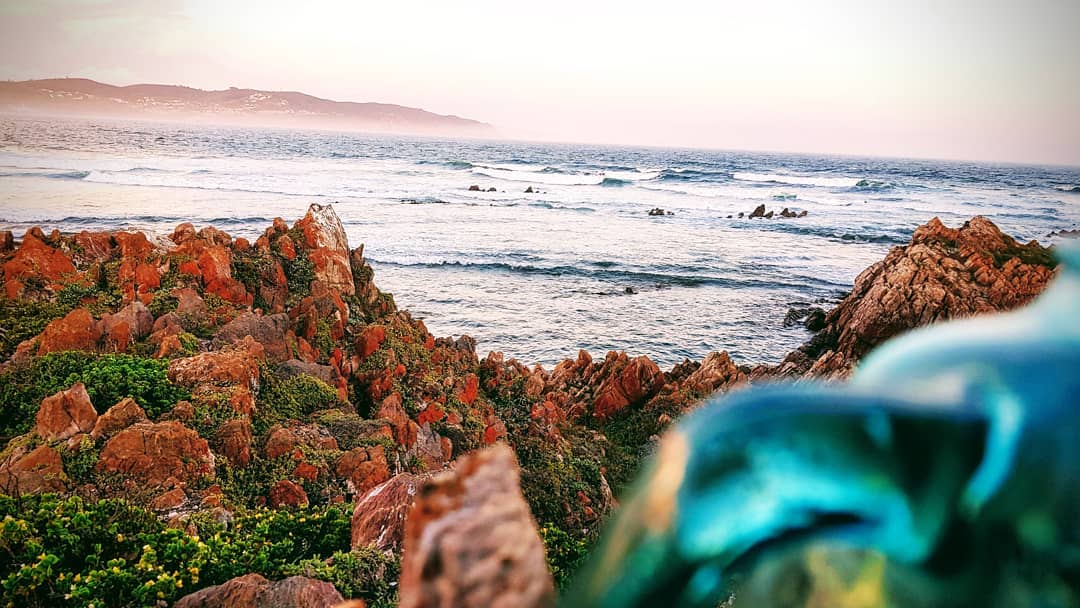Are you planning to go camping on the beach in South Africa? Beach camping in South Africa is a great idea as it is located on the southernmost tip of the continent and boasts two oceans: the Atlantic Ocean to the west and the Indian to the east. These two water bodies make up a coastline stretching 2500km, thus leaving an abundance of beaches all over the country.
Table of Contents
ToggleCamping by the beach
South Africa is a worthwhile destination for any nature buff, but it can get quite expensive when living in deluxe hotels and resorts. So, our immediate recommendation is to try out beach camping for those looking for a budget-friendly holiday in the immaculate rainbow nation. There is nothing comparable to spending a night at any of the beach camping sites in the country, often a highlight for many visitors. There are lots of beach camping activities available on the list below.
And if you love the Ocean, experience a night of relaxation with the sounds of waves splashing ashore. Enjoy lulling tides rising and falling in musical bliss while outdoors at a west coast beach camping site in South Africa. The country has plenty of camping spots to have an affordable summer break, especially the West Coast beach camping spots. So, join us as we give you some beach camping tips and tricks around South Africa.
What beaches can you camp on?

Mabibi beach camp is one of the most pristine beaches in South Africa. If you are looking for a simple camping facility, then this is the best destination. The beach camp is in the iSimangaliso Wetland Park on the Elephant Coast in a breathtaking coastal forest on a grassy dune 137 steps from a clean beach. The campground has nine private suites with a fireplace, water, and a fireplace. You will need a 4x 4-wheel drive to get to this beach camp spot.
The thing about looks is that they can be quite deceiving. The first glance at this 14km long beach camping site may seem dull, but its proximity to the beach is a plus. The camp is on the West Coast at the legendary Hondeklipbaai with a rich history of diamonds, copper, and crayfish. The beach (Hondeklipbaai), which means Dog-Stone Bay, was named after a bolder that looks like a dog. It is in Hondeklip Bay, Northern Cape, South Africa. Honne camp is modernized with an onsite swimming pool, water, electricity, and braai (fireplaces). So please, your adventurous spirit, explore, sleep in the wild, and surf the seas at this west coast campsite.
One thing you will miss after your visit to Zikwanzi forest camps is the endless shade from the tropical trees shielding you from direct sunlight. The Zikwanzi camp is set in a forest with a very serene atmosphere. If you are a lover of nature, you will love the bird songs gently waking you from a peaceful night of sleep in the wild. The camp is located on the North Coast of KwaZulu Natal, 80km from Durban.
Also read: 15 of the best campsites in South Africa
Do not miss the bursts of colour surrounding this camp’s west coast if you plan to visit the rainbow nation during the spring flower season. Kwass Se Baai is said to be one of South Africa’s best beach camps. The unique campsite is located next to the Ocean in a wild setting inside the Namaqua National Park. Kwass se Baai has the best environment with only four individual sites with a picturesque backdrop of the sun over the Ocean. You might catch sight of the tiniest tortoise on earth here. There is no water or electricity here. The only amenity you will find is a long drop toilet.
Victoria Bay camping site is popular amongst holidaymakers and surfers. Many holidaymakers love camping on the West Coast because of its many enjoyable activities. The camp is also great for weekend getaways and vacations. West Coast beach camping at Vic Bay will offer you some fun activities like whale watching, surfing, and magnificent views of surfers if you do not surf yourself. The camping site is located along the Garden Route in the Northern Cape of South Africa.

Also known as Buffels Campsite, the Buffalo Bay caravan Park will arrest you for its beauty. The camp offers a 180-degree view of the sea from every site available. It is located 20km from Knysna town along the Garden Route, Northern Cape. The campsite is great for hiking, swimming, and surfing and even has lifeguard patrols to ensure your safety. Enjoy watching the waves of the sea crash into the rocks and a night listening to the soothing hums of the sea.
The Strandfontein Holiday Resort has two campsite sections close to the main beach area along the West Coast. Whether it is on or off-season, you are bound to enjoy your time at the camp. If you love a solitary atmosphere, we advise that you visit during the off-season when you can enjoy quiet and alone time. Then, join the party during the summer and enjoy the sun, wine, and some seafood.
Do you love to fish? If yes, then Tietiesbaai camp is your ultimate campsite west coast destination. It is located at Cape Columbine Nature Reserve, West Coast, near the fishermen’s town of Paternoster. The waters here are cold, but it is one of the fantastic west coast campsites to visit.
White Clay camping site is an ideal spot for hiking and exploring. The small, picturesque campsite is in the heart of the Wild Coast along Coffee Bay in the Eastern Cape. Take a walk along the sea, enjoy the sound of crashing waves as you sleep, and explore the beach while here.

Whether you prefer caravans or tents, Sodwana Bay Beach Camp is the place for you. Located in KwaZulu-Natal, the campsites provide most of the amenities you will need, with chilly water taps, electric lights, plug points, and showers, amongst other things. The camp is in an open space, surrounded by a thick coastal forest with many species of natural trees.
Featured image: James Andrew Hartley Campbell



